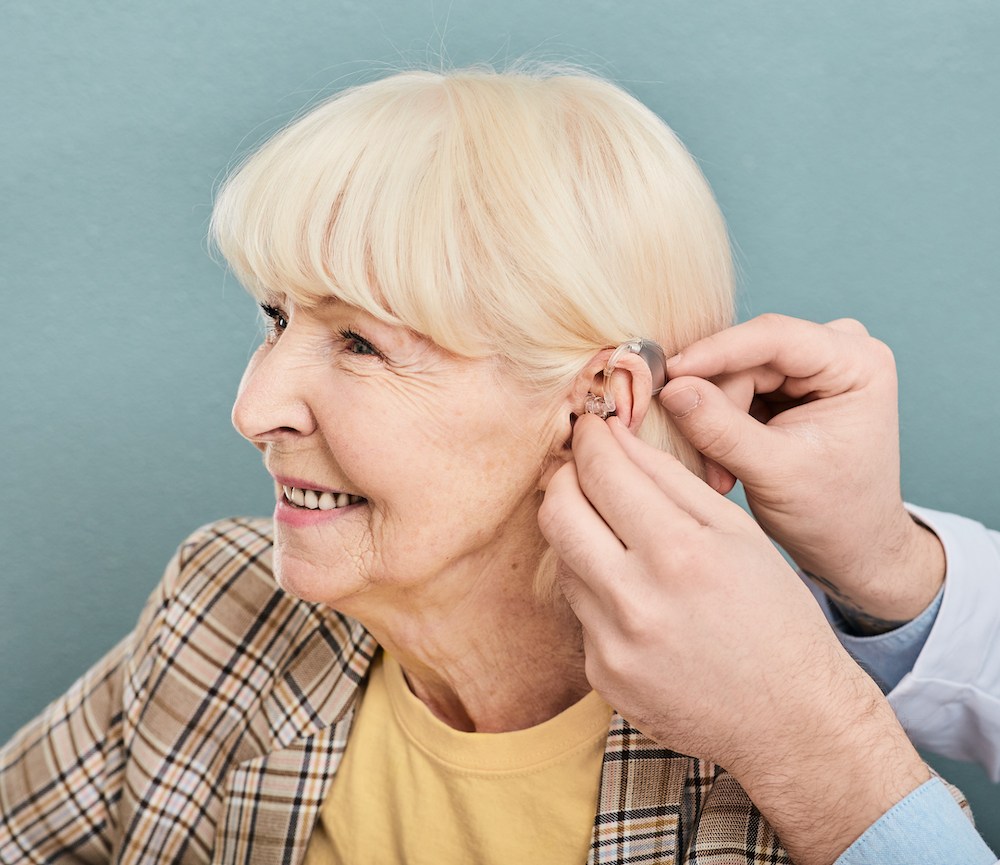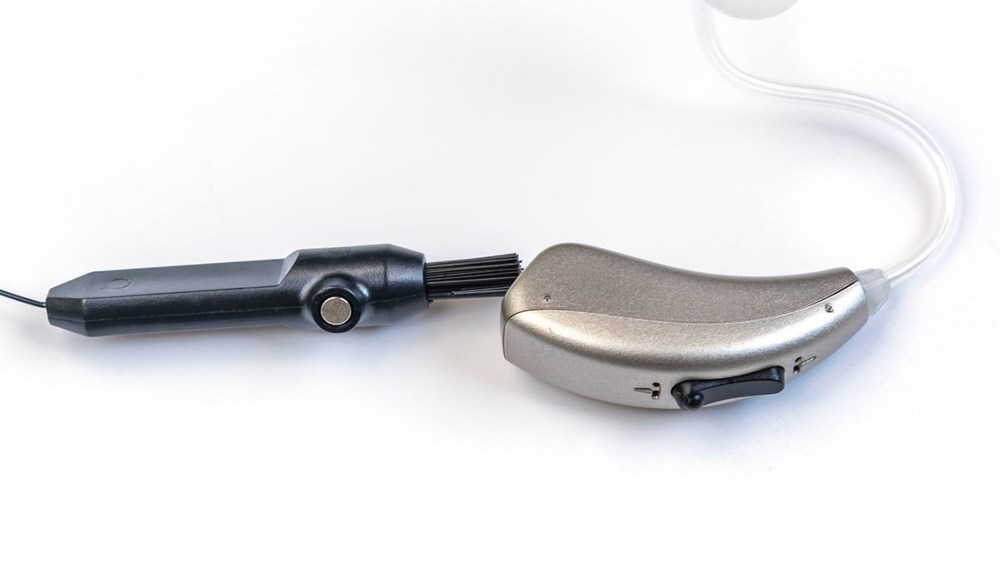Hearing Aid Innovations: What’s New in 2025?
Hearing aid technology has come a long way in recent years, and 2025

By: admin | June 24, 2024
Living with hearing loss can feel overwhelming, but remember, you’re not the only one. Countless individuals confront this reality daily. The journey towards better hearing health begins with understanding what a hearing test entails. You may be curious about the duration of such a test and what to anticipate during the process. While each person’s experience differs, some general aspects apply to most hearing tests. This information will equip you for your visit to an audiologist and ensure you maximize your appointment. Armed with this knowledge, you’ll be on track to enhanced communication and a better quality of life.
Regular hearing checks are critical for maintaining optimal hearing health. These checks aren’t only for those already experiencing hearing loss but are also crucial for everyone as a preventative measure. Regular assessments can help spot any early signs of hearing loss, ensuring prompt intervention and management.
Why are these checks so crucial? Here’s a brief explanation: They assist in detecting any subtle changes in your hearing ability that you might not have noticed. They provide an opportunity for your audiologist to monitor the health of your ears over time. Also, regular checks can pinpoint potential issues before they escalate into serious problems, allowing for early treatment and better outcomes.
Your initial visit to the hearing specialist is a significant stride towards better hearing health. This appointment is your opportunity to voice any concerns about your hearing and ask any questions you may have.
Here’s what you can anticipate during this initial meeting:
It’s vital to understand that there are various types of hearing tests. Each one serves a unique purpose and provides specific information about your hearing health. The type of test you undergo will depend on your symptoms and the information your audiologist needs to formulate a treatment plan.
Understanding these various kinds of hearing tests can help ease any anxiety you might have about the process. Being informed is empowering! Knowing what to expect can make your visit to the audiologist more productive. These tests are designed to help you, not intimidate you. They’re just tools in the toolbox of your hearing health professional as they work towards improving your quality of life through better hearing health!
Let’s focus on one specific test – the pure-tone test. This test is a key component in assessing your hearing capabilities and is commonly used by hearing specialists.
The pure-tone test measures the softest sounds you can hear at different frequencies, giving your professional a detailed understanding of your hearing ability across a range of pitches. If you’re feeling anxious about this test, rest assured that it’s painless and non-invasive. Your audiologist will guide you through each step, ensuring you’re comfortable throughout the process.
Another important test is speech audiometry. This test plays a significant role in understanding how well you can hear and comprehend spoken words at different volumes. It’s not just about hearing sounds, but also about making sense of them in the context of conversation.
Speech audiometry is a valuable tool for your audiologist to gauge your ability to understand speech in both quiet and noisy environments. Here’s what it involves:
Tympanometry is a simple, quick and non-invasive procedure that can detect issues like fluid build-up or abnormal pressure in the middle ear – problems that could potentially affect your hearing. It involves inserting a small probe into your ear; don’t worry, it’s not painful! The probe changes the air pressure inside your ear and measures how your eardrum responds to these changes. This information helps your audiologist identify any issues that might need further attention.
So when you go for your next hearing check-up, don’t worry about tympanometry. It’s just another step towards ensuring good hearing health!
As we continue our discussion on hearing tests, let’s take a closer look at the otoacoustic emissions test. This test is a bit like having a tiny microphone inside your ear, picking up sounds that your inner ear produces. Yes, you read that right – your inner ear actually creates sounds! These sounds are called otoacoustic emissions and they provide valuable information about the health of your inner ear.
Put simply, the otoacoustic emissions test checks the health of cells in your inner ear. These cells produce a sound that a special device detects. When they’re healthy, the sound is strong and clear. But if these cells are damaged, perhaps by noise or age, the sound they produce might not be as clear.
During this test:
When it comes to the duration of a comprehensive hearing test, it’s important to note that these tests are thorough but not overly time-consuming. The process is designed to be efficient yet comprehensive, providing your audiologist with all the necessary information about your hearing health.
A typical comprehensive hearing test can take anywhere from 30 minutes to an hour. This timeframe includes everything from discussing your hearing history and concerns with the specialist, undergoing various tests like pure-tone audiometry and speech audiometry, and reviewing the results. This is a crucial step towards better hearing health, so it’s worth investing this time for a detailed assessment.
It’s also worth noting that while the test itself may only take up to an hour, you should allow some additional time for discussion before and after the test. Your audiologist will need time to explain the process beforehand and discuss the results afterwards. So, when scheduling your appointment, it might be wise to allocate around 60-90 minutes in total.
Rest assured that this investment of time is well worth it! A comprehensive hearing test provides valuable insights into your current state of hearing health and sets you on the path towards improved communication and quality of life. Taking care of your ears today means better listening for all your tomorrows!
After your hearing test, it’s time to understand and act on the results. You’ll sit down with your audiologist who will explain the findings in detail. They’ll also provide advice on next steps, which could include monitoring your hearing health or starting a treatment plan. Asking questions is key to understanding your results and making informed decisions about your care. It’s also beneficial to bring a family member or friend along for support and to help remember all the information discussed.
So, you’ve had your hearing test and now you’re holding a report filled with numbers and graphs. What does it all mean? Let’s break it down!
The results of your hearing test, also known as an audiogram, provide a detailed picture of your hearing ability. It shows how well you hear different frequencies (pitches) and volumes. The left side of the graph represents low pitches (like a bass guitar), while the right side represents high pitches (like a flute). The top of the graph represents soft sounds, and the bottom represents loud sounds.
Reading this graph might seem tricky at first, but don’t worry! Your audiologist will walk you through it. They’ll explain what each part means and how it relates to your everyday life. For example, if you have trouble hearing high-pitched sounds at low volumes, they might suggest specific strategies or devices to help with that.
Understanding your hearing test results is an important step towards better hearing health. So take this opportunity to ask questions and learn more about your unique hearing profile. This is all about improving your quality of life through better communication!
After understanding your hearing test results, the next step is creating a treatment plan that’s customized to your needs. This is where the expertise of your audiologist really shines! They will take into account all the information gathered from your tests and discussions, and then formulate a plan that addresses your specific hearing challenges. This could involve recommending certain types of hearing aids, suggesting communication strategies or proposing lifestyle changes. Every person’s hearing loss is unique, so what works for someone else might not work for you. Trust in the knowledge and experience of your audiologist to guide you towards better hearing health!
Let’s discuss how you can get the most out of your follow-up visits to the hearing specialist. These appointments are not just routine checks; they are opportunities for you to track your progress and make necessary adjustments to your treatment plan.
The key is open communication with your specialist. Be honest about any difficulties you’re experiencing or any changes in your hearing. This information is vital for them to fine-tune your treatment plan and ensure it’s working effectively for you.
Don’t underestimate the value of these follow-up visits. They are an integral part of your path towards better hearing health. Consistent care and monitoring can lead to improved communication and a higher quality of life!
Understanding the duration and process of a hearing test is an important step towards better hearing health. Now that you’re equipped with this knowledge, why not take action? The team at Audiology and Hearing Aid Center are here to guide you through every step of your path towards improved communication and quality of life.
Our specialists are ready to assist you at any one of our six convenient locations in Berlin, Oshkosh, Neenah, Wautoma, Menasha or Appleton. To schedule your comprehensive hearing test or for more information about our services, please contact us at (920) 486-6922.
Tags: audiogram, faqs, tympanometry

Hearing aid technology has come a long way in recent years, and 2025
By: admin | October 20, 2025

Helping children with hearing loss isn’t just about making smaller
By: admin | July 29, 2025

Your hearing aids already do so much more than just help you hear better
By: admin | June 20, 2025
